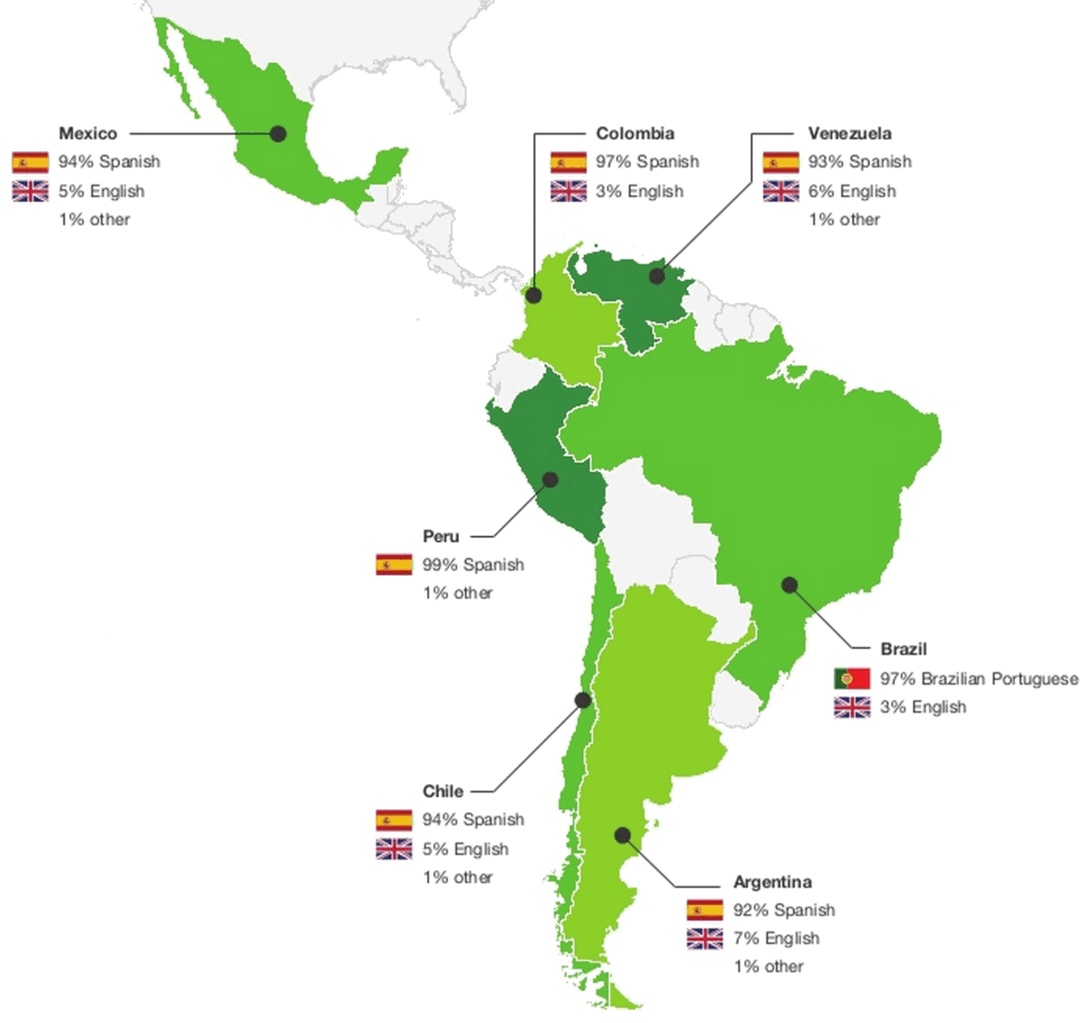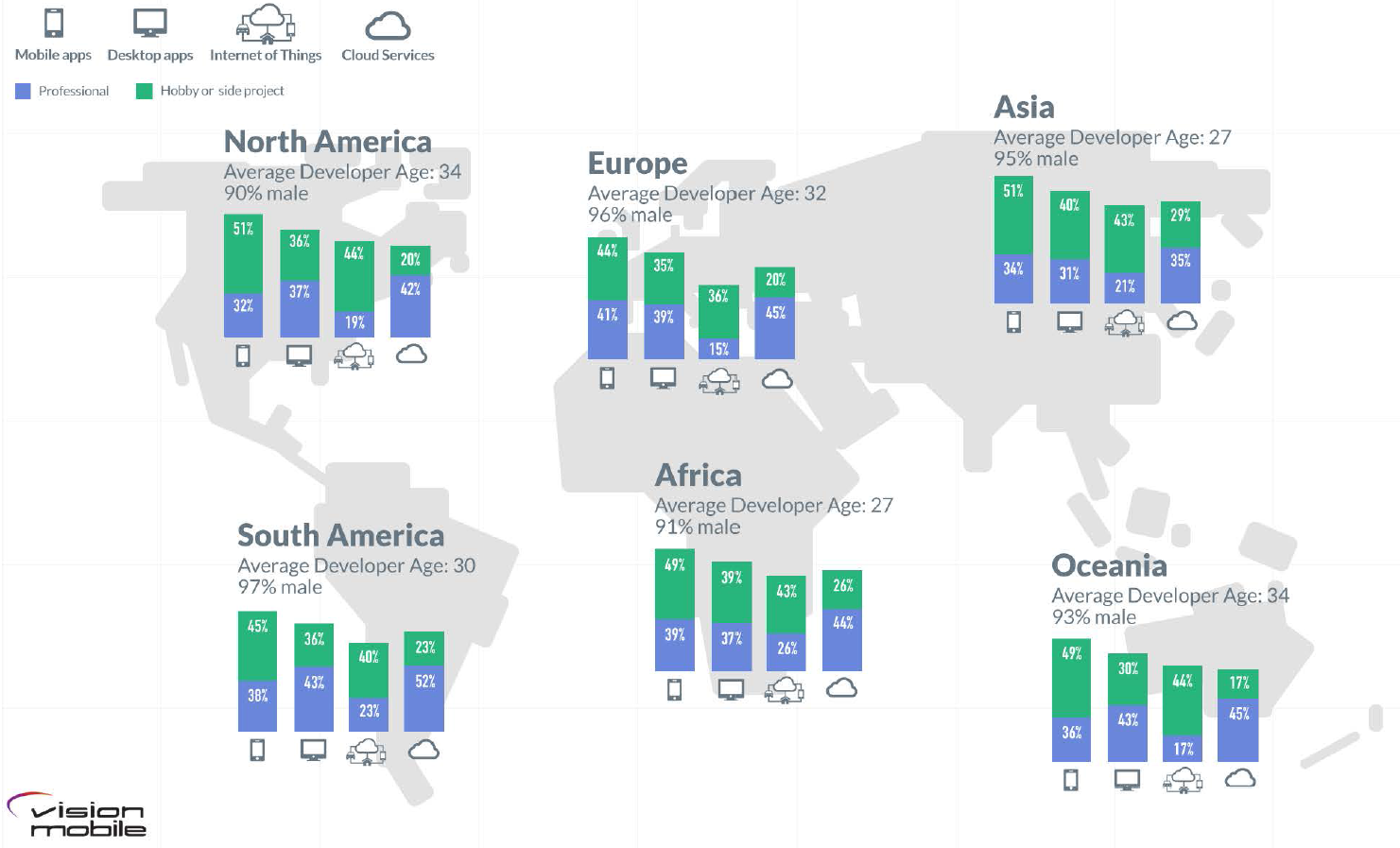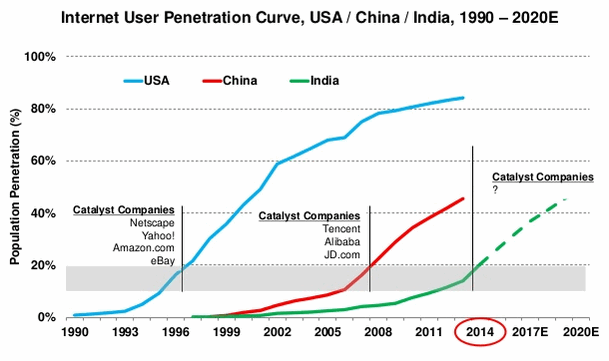Did you know, as per the report by Localytics, there has been a drop in app retention from 39% in 2014 to 34% in 2015? Though, there are many factors that are playing a role in this drop; increasing number of apps is one of the reasons. Your customer has alternatives to your product and would switch the moment they get bored from your application
by Shoeb Ahmad

We know that app market is getting competitive and it is becoming difficult to strike a monetary balance. However, there are some easy and effective ways that could help you retain customers. Following are those 10 trusted and best ways that every app owner should know.
#1 Gamify your app
This might sound strange but it’s true. Users are hooked to games. Gaming apps come as stress busters and they spend maximum time on them. So, add some gaming element to your app. This could be in terms of rewards and some challenges. Seek assistance of your app developer and add game features to your application, if possible.
#2 Social Media Marketing
Social media can be used wisely to retain customers. Create social media communities and invite your users to share their valuable feedback and reviews. During the development process, through this medium, you can easily get in touch with your users and get a direct feedback on your app.
This would help you solve the issues quickly and gain user’s loyalty. Look at the Angry Bird social media platforms to learn some effective marketing strategies.
#3 Personalize your App
With the help of the latest software, you can get informative customer behavior report. You can know how much time a user spends on your application, where he/she is clicking on page and taking an exit.
A thorough analysis of this report would help you add personalized features like push notification, based on their interests. Also, it would help you have a conversation even when they’re offline. These small features would make them feel special and loyal.
#4 Keep Updating
In this evolving world, updating your app is equally important. This would help you survive the cut-throat market. Keep on adding interactive and engaging features whenever required. It would help you to be in the competition and would show your care about user experience.
However, restrain yourself from too much updates as the user would lose interest and you would lose the battle to your competitor.
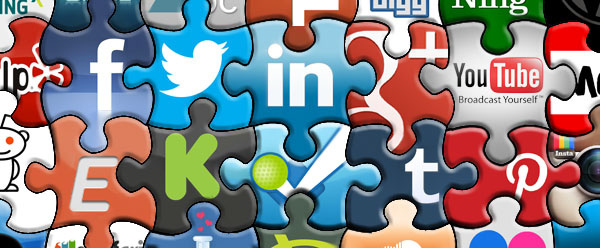
#5 Push Notifications
Push notifications are widely used by app owners. It is because it grabs quick attention. For better results, correlate it with user behavior. Consult your developer regarding this feature.
In most cases, this feature is highly abused thus turning the results otherwise. Wise use of this feature can maintain user engagement of your app and could increase the possibility of user loyalty.
#6 Fast is better
Look around you! People appreciate that’s fast and quick. The same rule applies to your users as well. They would love an app which is quick to launch and functions smoothly.
In order to improve user experience, app makers add more graphics without realizing that it may further affect the app speed. Thus, speak to your developer and try to make your app appealing yet faster.
#7 Brilliant content
Apps of all sorts, mostly e-commerce and content apps, can benefit from brilliant and engaging content. They can put their latest blogs and posts on their applications, thus allowing users to come back, every time there’s something new for them.
For instance The Guardian App and Flipboard Apps. This is a newspaper application that uses push notification with appealing content. This way, it not only informs its users, but also encourages them to read the news through their app.
#8 Free from distractions and bugs
Your user would uninstall your app if they get distracted by ads, too many tweets, emails and unnecessary push notifications. Thus, to keep them hooked to your app, keep your app free from such distractions.
#9 Give rewards
Users mostly use application to get rewards or discounts. It was observed that discounts not only increase the first user experience, but also boost up the brand loyalty. Thus, use this feature wisely to attract users and increase the loyalty.
Take shopping apps as an example. They use push notification to inform their users about daily rewards and discounts. Users use that information and shop through their application to enjoy that reward.
#10 Integrated social media
People are active on social media. If you integrate social media in your app, there is a huge chance of app retention. For instance, Instagram allows you to create an account through your social media account. Besides, it also allows you to share your latest photographs on your all social media account easily.
The competitive app market is making it difficult for app owners to sustain. The aforementioned effective and quick app retention strategies would help you to have loyal customers. Use these strategies wisely, as per your requirement, and see the changes, yourself.
Author Bio:
 Shoeb Ahmad, with an experience of 15+ years in Digital World, heads Digital Marketing at Mobisoft Infotech. He has a rich experience in SEM, SEO, Social Media & other verticals of Digital Media. He also has been a consultant for a variety of industries, enterprises & startups. He loves reading & traveling. He often writes on various forums since he believes ‘Knowledge increases by sharing.’ Follow him @shoeb_ahmad
Shoeb Ahmad, with an experience of 15+ years in Digital World, heads Digital Marketing at Mobisoft Infotech. He has a rich experience in SEM, SEO, Social Media & other verticals of Digital Media. He also has been a consultant for a variety of industries, enterprises & startups. He loves reading & traveling. He often writes on various forums since he believes ‘Knowledge increases by sharing.’ Follow him @shoeb_ahmad








 Lindsey Patterson is a freelance writer who specializes in technology and the latest social trends, specifically involving social media. She is currently a social media advisor.
Lindsey Patterson is a freelance writer who specializes in technology and the latest social trends, specifically involving social media. She is currently a social media advisor.


 Shoeb Ahmad, with an experience of 15+ years in Digital World, heads Digital Marketing at
Shoeb Ahmad, with an experience of 15+ years in Digital World, heads Digital Marketing at 




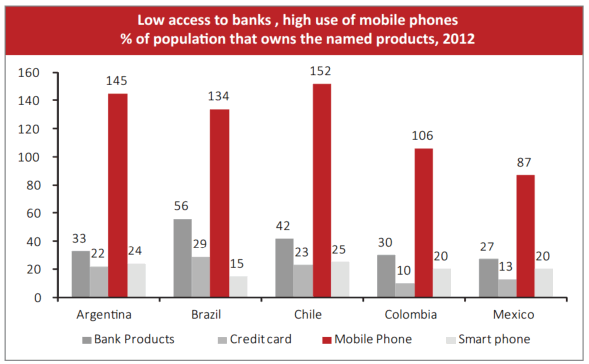 Source: World Bank Financial Inclusion
Source: World Bank Financial Inclusion
